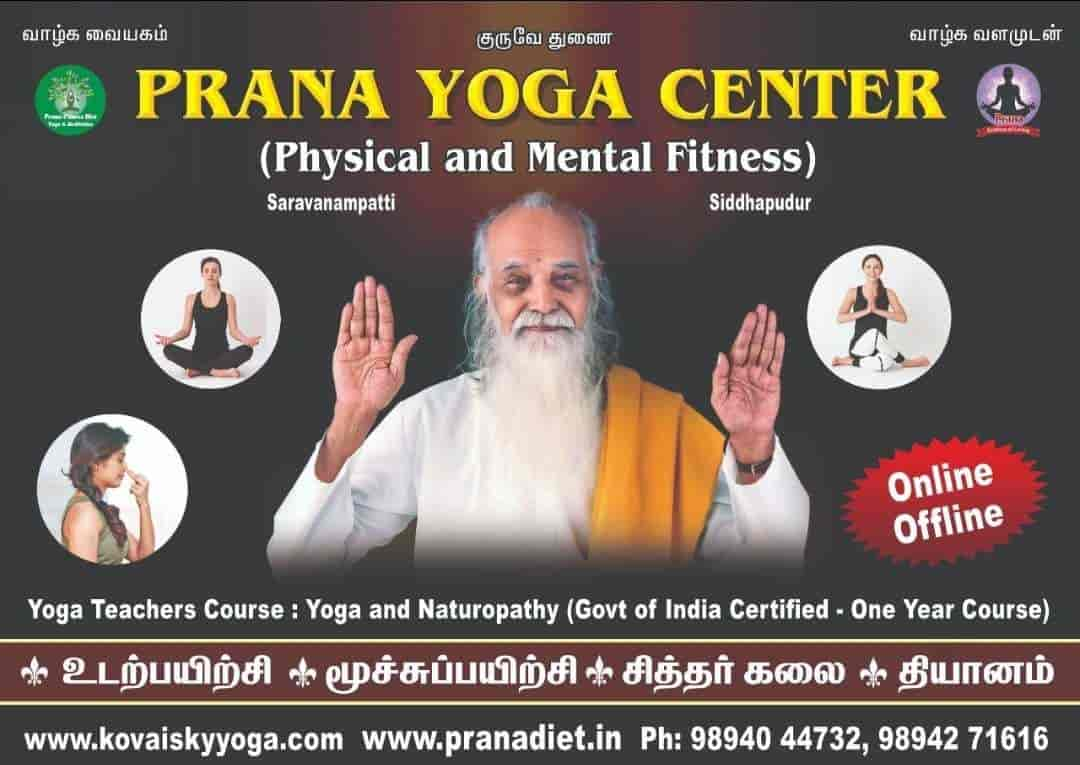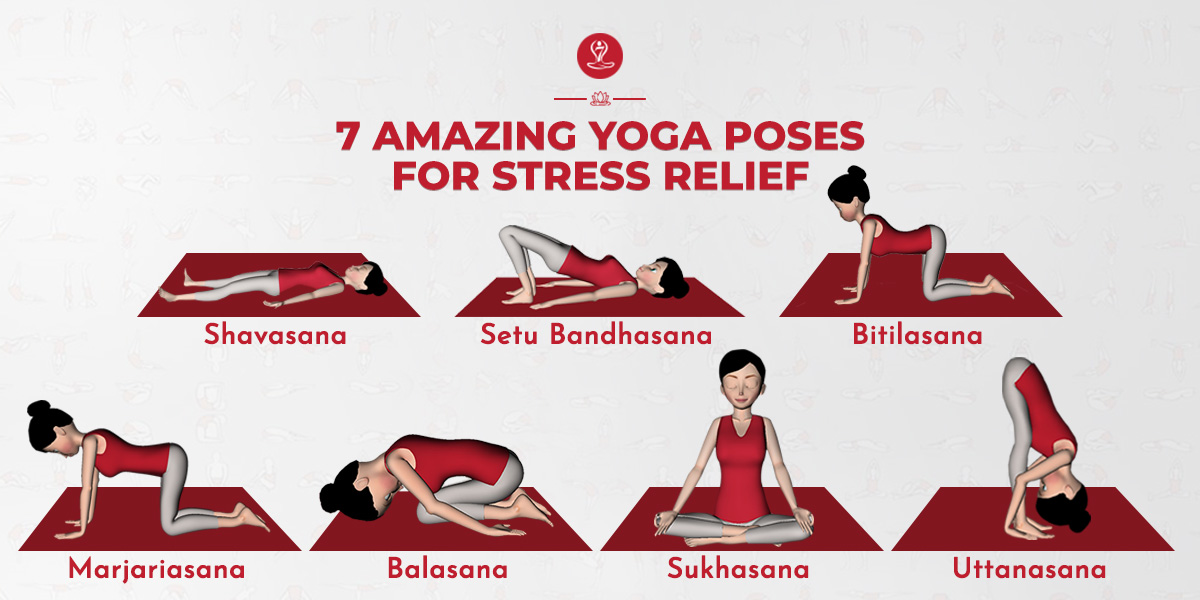
While hot yoga practice is beneficial for overall health and fitness, some people find it uncomfortable and difficult to do. The best way to avoid this is to prepare by eating a banana before class. You should also drink plenty of water, especially after a workout. Temperatures can change rapidly in a space. This is a common problem with hot yoga, but the good news is that it can be avoided by following some simple guidelines.
Hot yoga can increase bone density. Because of the elevated temperatures, this type of yoga promotes higher bone density. Likewise, older adults can benefit from hot yoga by slowing the effects of aging on bone density. Women who have premenopausal bone loss may find this beneficial. Hot yoga can help increase bone density. Even though yoga can have many health benefits, it might not be right for everyone.

Hot yoga not only helps with weight loss but it also strengthens your core and balance. You may even find it improves your quality of life. People with seasonal depression often report feeling better when it's warmer. Yoga can be difficult and exhausting for beginners. You must listen to your body when you practice yoga. It can help improve your health and make you more active.
Hot yoga is similar to regular yoga, but is usually performed in a room that is intentionally heated to 78 degrees Fahrenheit. This temperature is considered "lightly heating." This style aims to improve cardiovascular health by focusing on movement and breath. It is important for those new to hot yoga to take it slow and work your way up to a good level of mental and physical health. Hot yoga can bring you many of these same benefits as regular practice.
At least two hours before class is the ideal time to practice yoga. Bikram yoga uses a hot room in order to avoid injury. This style of yoga can be used to improve fitness and health. You can feel dehydrated and suffocated by the heat in a hot room. You should practice the exercise in a studio that maintains a comfortable humidity level.

Hot Vinyasa is all about patience and concentration. As you move from one pose to the next, you will learn to focus and be patient. This will help you to increase your flexibility, strength, and overall physical fitness. This will also improve your health. Your muscles will be able adjust to the rising temperature. Yoga should not be considered a competition. For those with pre-existing conditions, it is not a good idea to do yoga in such an environment.
FAQ
What's the best diet?
Your age, gender, body type, and lifestyle choices will all impact the best diet. You also need to consider how much energy you expend during exercise, whether you prefer low-calorie foods, and if you enjoy eating fruits and vegetables.
Intermittent fasting may be a good choice if you want to lose weight. Intermittent fasting is a way to eat only certain meals during the day instead of three large meals. This method may work better than traditional diets which include daily calorie counts.
Research suggests that intermittent fasting may increase insulin sensitivity and lower inflammation. This can result in a reduction in blood sugar levels and a reduced risk of developing diabetes. Research also shows that intermittent fasting may increase fat loss and improve overall physique.
What's the difference of a calorie versus a Kilocalorie?
Calories are units used to measure the amount of energy in food. Calories is the unit of measurement. One calorie represents the energy required to raise one gram of water's temperature by one degree Celsius.
Kilocalories are another term for calories. Kilocalories are measured in thousandths of a calorie. 1000 calories are equal to one kilocalorie.
Which are the top 10 foods you should eat?
These are the 10 best foods you can eat:
-
Avocados
-
Berries
-
Broccoli
-
Cauliflower
-
Eggs
-
Fish
-
Grains
-
Nuts
-
Oats
-
Salmon
Which lifestyle is best for your health?
Healthy lifestyles include eating healthy food, regular exercise, good sleep, and avoiding stress. If you follow these guidelines, you will be able to lead a long and healthy life.
Starting small can make a big difference in your diet, and even your exercise routine. Try walking for 30 minutes each day to lose weight. Or, if you want to get more active, take up swimming or dancing. You could also join an online fitness program like Fitbit or Strava that tracks your activity levels.
Statistics
- WHO recommends consuming less than 5% of total energy intake for additional health benefits. (who.int)
- This article received 11 testimonials and 86% of readers who voted found it helpful, earning it our reader-approved status. (wikihow.com)
- WHO recommends reducing saturated fats to less than 10% of total energy intake; reducing trans-fats to less than 1% of total energy intake; and replacing both saturated fats and trans-fats to unsaturated fats. (who.int)
- In both adults and children, the intake of free sugars should be reduced to less than 10% of total energy intake. (who.int)
External Links
How To
What does the meaning of "vitamin?"
Vitamins can be described as organic compounds found in food. Vitamins help us absorb nutrients from foods we eat. Vitamins are not made by the body, so they must be obtained through food.
There are two types: water-soluble and fat-soluble vitamins. Water soluble vitamins dissolve easily in water. Examples include vitamin C,B1 (thiamine), B2 (riboflavin), B3 (niacin), B6 (pyridoxine), folic acid, biotin, pantothenic acid, and choline. Fat soluble vitamins are stored in the liver and fatty tissue. These include vitamin D, E and K, as well as beta carotene.
Vitamins are classified based on their biological activity. There are eight major vitamin groups:
-
A - vital for healthy growth.
-
C - essential for nerve function and energy generation.
-
D - necessary for healthy bones and teeth.
-
E - needed for good vision and reproduction.
-
K – Required for healthy nerves & muscles.
-
P - Essential for strong bones and teeth.
-
Q - Aids in digestion and absorption.
-
R – Required for the formation of red blood vessels.
The recommended daily allowance of vitamins (RDA), varies according to age, gender, physical condition, and other factors. RDA values are set by the U.S. Food and Drug Administration (FDA).
For adults over 19, the RDA for vitaminA is 400 micrograms per daily. Pregnant mothers need 600 micrograms per days because it is vital for the development and growth of their baby. Children ages 1-8 require 900 micrograms per day. Infants under one year of age require 700 micrograms per day, but this amount decreases to 500 micrograms per day between 9 months and 12 months of age.
Children between the ages 1--18 years old who are overweight or obese require 800 micrograms per Day, while those who are overweight or obese need 1000 micrograms. To meet their nutritional needs, children underweight and obese require 1200 micrograms a day.
Children between 4 and 8 years old with anemia will need 2200 micrograms daily of vitamin C.
2000 micrograms daily is required for adults over 50 to maintain their general health. Breastfeeding or pregnant women require 3000 micrograms per daily due to higher nutrient demands.
Adults over 70 need 1500 micrograms daily, as they lose 10% of their muscle every ten years.
Women who are pregnant and lactating need more nutrients than the RDA. Pregnant woman need 4000 micrograms daily in pregnancy, and 2500 per day after childbirth. Breastfeeding mothers need 5000 micrograms per day when breast milk is being produced.